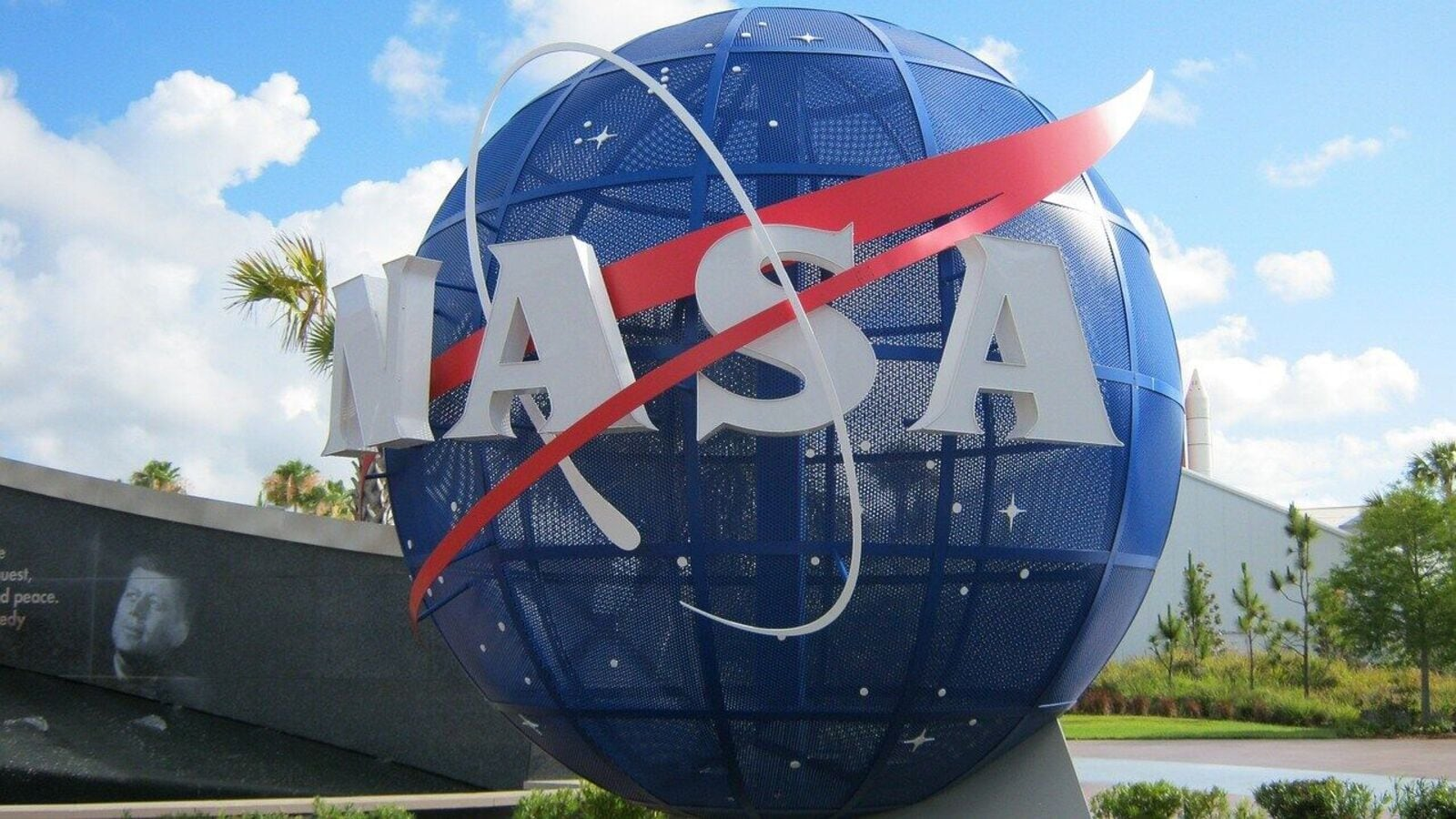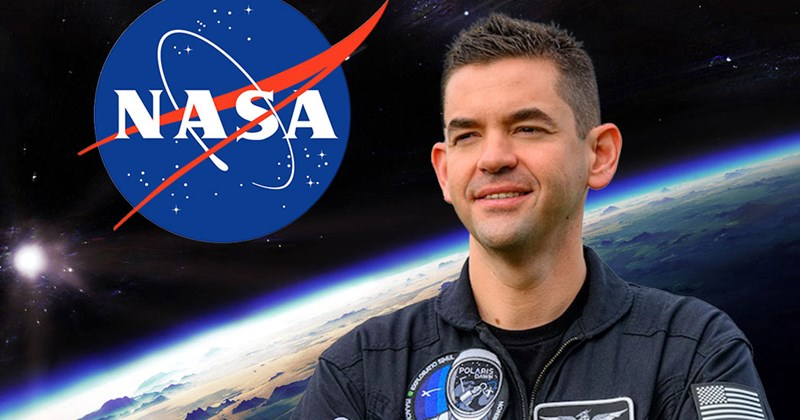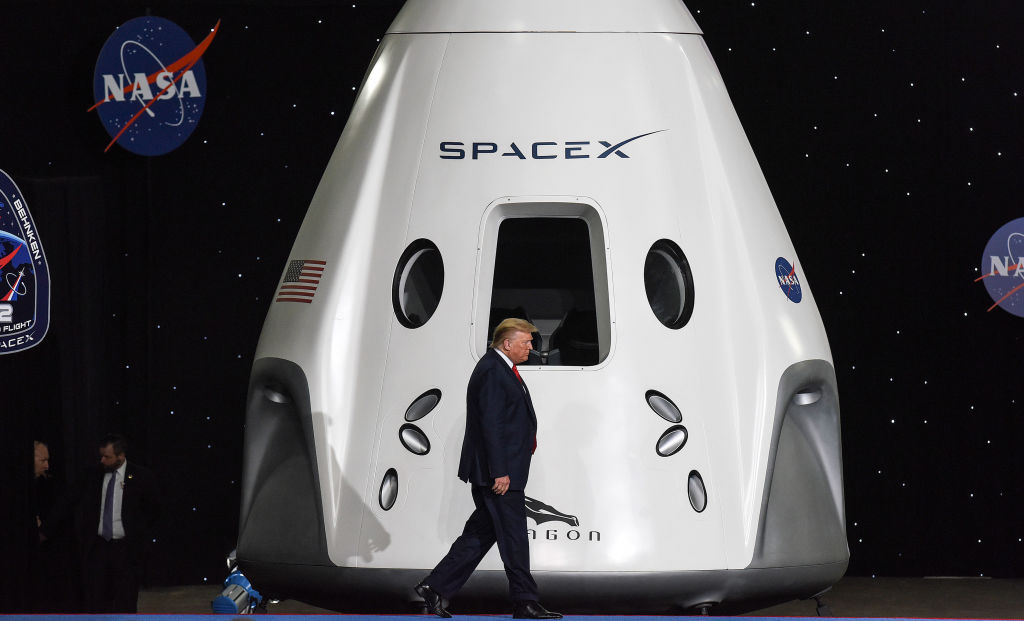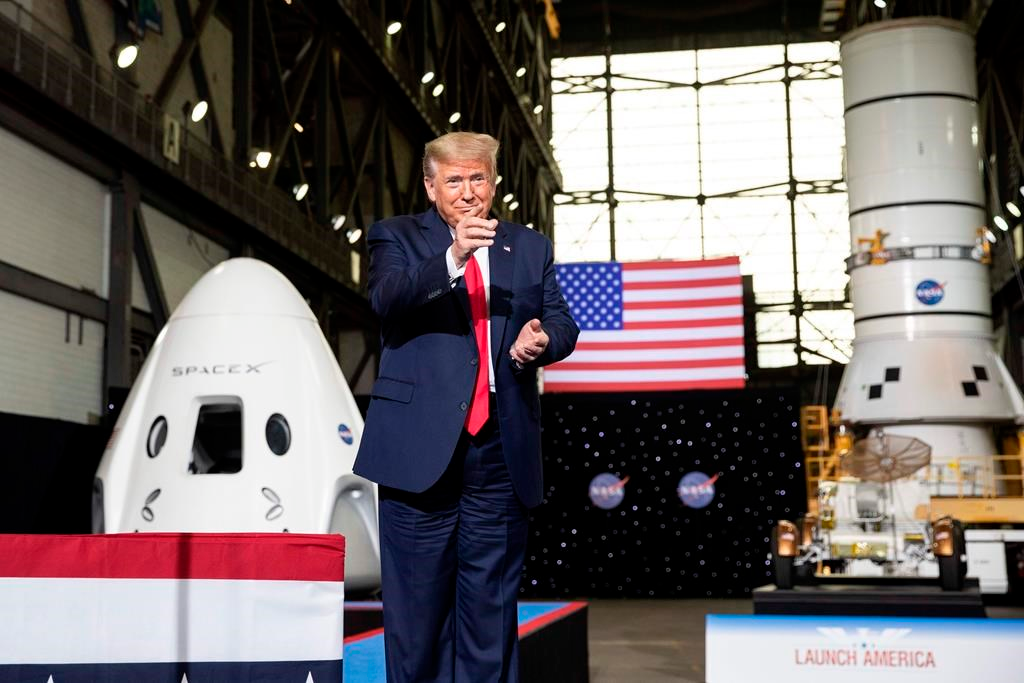Mars or the Moon? Under Trump 2.0, NASA’s Future Is at a Crossroads
NASA unexpectedly revealed late Wednesday that Jim Free, a longstanding associate administrator, would be retiring on Saturday.
Will NASA make the next big leap and go directly to Mars, or is it still stuck on the Moon?
The resignation of a key executive and Boeing’s plans to lay off hundreds of workers on its moon rocket have sparked speculation that the Trump administration may reduce or cancel NASA’s Artemis missions.
NASA unexpectedly revealed late Wednesday that Jim Free, a longstanding associate administrator, would be retiring on Saturday.

Free rose to the top civil-service position at NASA for 30 years, but no explanation was provided for his departure. But he was a big supporter of Artemis, which plans to send crews back to the Moon, stay there for a long time, and use that experience to get ready for a mission to Mars.
President Donald Trump has openly considered avoiding the Moon and going directly to Mars, even though Artemis was developed during his first term. This idea is becoming more and more popular as Elon Musk, the richest person in the world and the owner of SpaceX, becomes a crucial ally and counselor.
Musk’s SpaceX, which was established to transform humanity into a multi-planetary society, is placing a lot of money on its Starship rocket prototype for a potential Mars expedition.
Additionally, Trump has appointed Jared Isaacman, a millionaire e-payments entrepreneur and private astronaut who has been to space twice with SpaceX and is a close associate of Musk, as his next NASA administrator.
Employees were informed by Boeing this month that 400 positions in the Space Launch System (SLS) rocket program would be eliminated to “align with revisions to the Artemis program and cost expectation.”

“This will require 60-day notices of involuntary layoff be issued to impacted employees in coming weeks, under the Worker Adjustment and Retraining Notification Act,” the multinational aerospace company told AFP.
According to retired NASA scientist and NASA Watch founder Keith Cowing, Boeing “saw the writing on the wall,” he told AFP.
SLS has only flown one mission so far, the uncrewed Artemis 1 in 2022, and it has proven to be very expensive. It is “likely to fly only one or two missions, or they’ll cancel it outright,” Cowing stated.
Should we reform or scrap?
Space watchers are generally skeptical of the very costly SLS and the Orion crew capsule, whose heat shield problems caused future Artemis flights to be delayed.
However, many support reform rather than repeal.
In October, Free stated, “We need to stick with the plan we have now,” during a meeting of the American Astronautical Society.
“That doesn’t mean we can’t do better, but we must maintain the Moon as a destination for human spaceflight. I think that if we lose that, we will disintegrate, wander, and be passed by others in this world.”
Free had been considered to be NASA’s temporary administrator before being passed up in favor of Janet Petro, another official, according to space policy analyst Laura Forczyk.
Eliminating the Moon, she cautioned, would mean losing a vital testing ground for the technology required to guarantee a safe trip to Mars.
Musk has referred to Artemis as a “jobs-maximizing program” and stated that “something entirely new is needed,” although the program has the support of Congress.

Supported by prominent Republicans like Senator Ted Cruz, it helps tens of thousands of employees in states like Florida, Mississippi, Alabama, and Texas.
China would also be free to place its flag on the lunar south pole with a planned crewed trip in 2030 if the moon were abandoned.
With SLS may be limited to one or two missions before private businesses, like SpaceX or Jeff Bezos’s Blue Origin, take on important roles, Forczyk thinks Artemis is more likely to be redesigned than abandoned.
“However, the Trump administration is unpredictable, and we really cannot get in the minds of Donald Trump or Musk,” she stated to AFP.
The potential impact of Trump’s larger initiative to reduce the size of the federal government on NASA has also been a source of concern.
About 5% of the employees accepted a “deferred resignation” offer, which would have allowed them to stay on administrative leave and still be paid through September, a NASA spokesperson told AFP on Thursday.
Read More: Elon Musk’s Space Tesla: Check Its Current Location After 7 Years in Orbit



